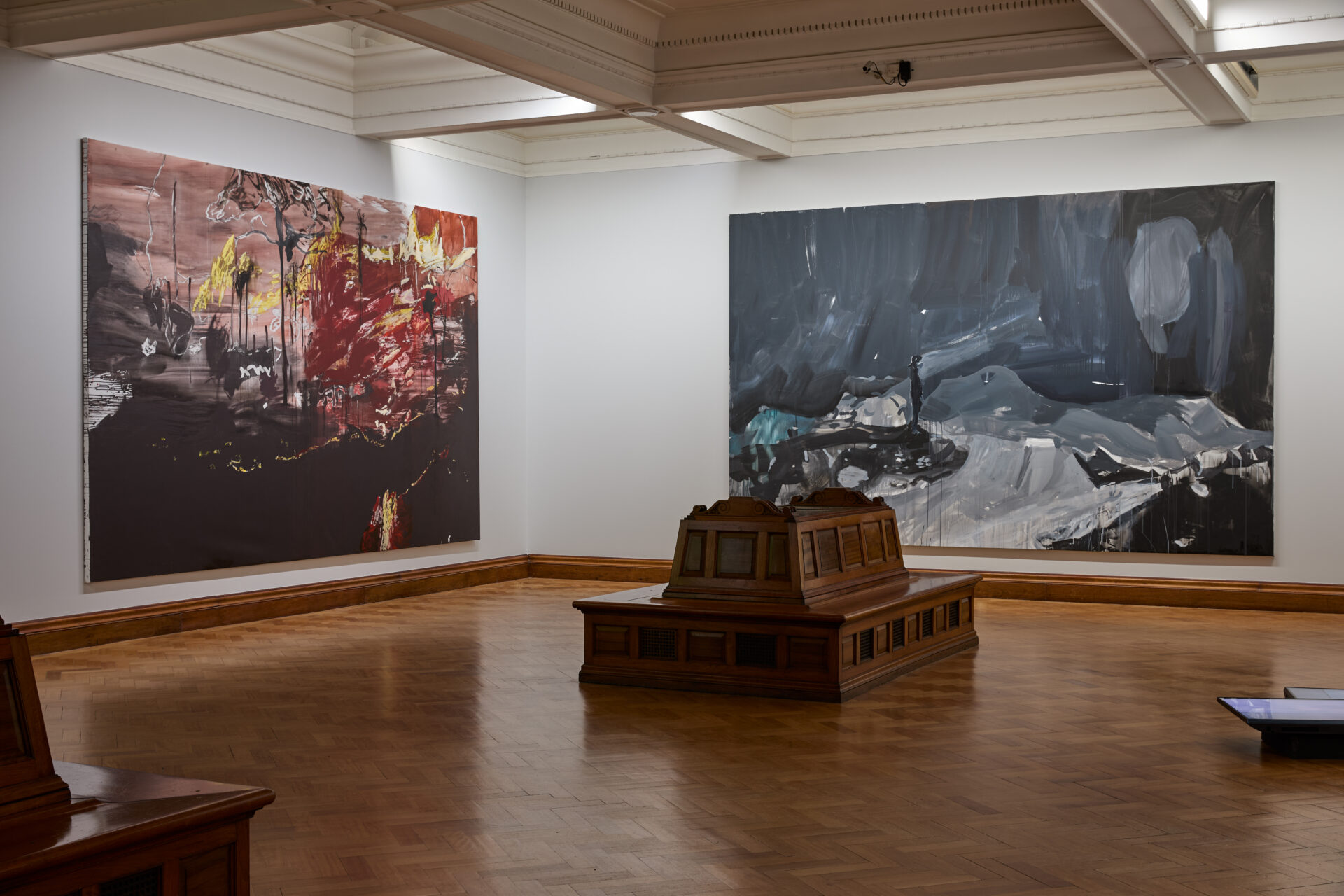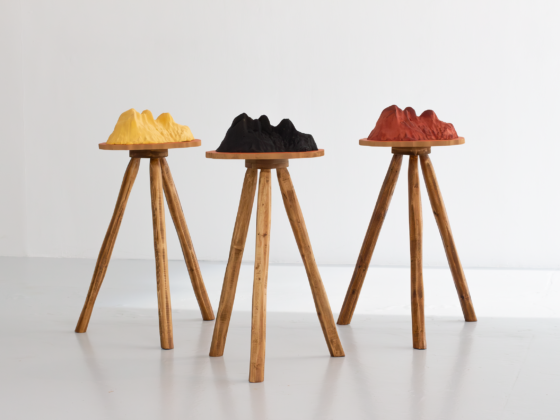Hugh Lane Gallery
3 October 2024 – 18 May 2025
Brian Maguire rose to prominence in the 80s and 90s when a trinity of male painters – Patrick Graham, Patrick Hall, and Maguire himself – seemed to dominate the discourse, chiming with the lustre of international neo-expressionism. Hall’s mystical homoeroticism and Graham’s broken self that wrestled with both tradition and his own facility, shared with Maguire personal struggles within the oppressive institutional forces of a post-colonial and post-religion society that was blinking back into the light.
Of the three, Maguire’s art was distinguished by a burning sense of social justice and activism. Analysis at the time noted the masculine nature of the Irish Neo-expressionist wave, with Patricia Hurl’s 2023 exhibition, ‘The Irish Gothic’ at IMMA, providing a welcome corrective to this narrative. Since the 90s, Maguire has steadily painted himself out of the corner of subjective individual expressionism to significantly widen the geopolitical lens. That noted, one could be forgiven for thinking that although Ireland has progressively changed overtime in socio-political terms, Maguire’s worldview remains relentlessly bleak, tracking the shape-shifting nature and impacts of war and oppression, which simply move address.1
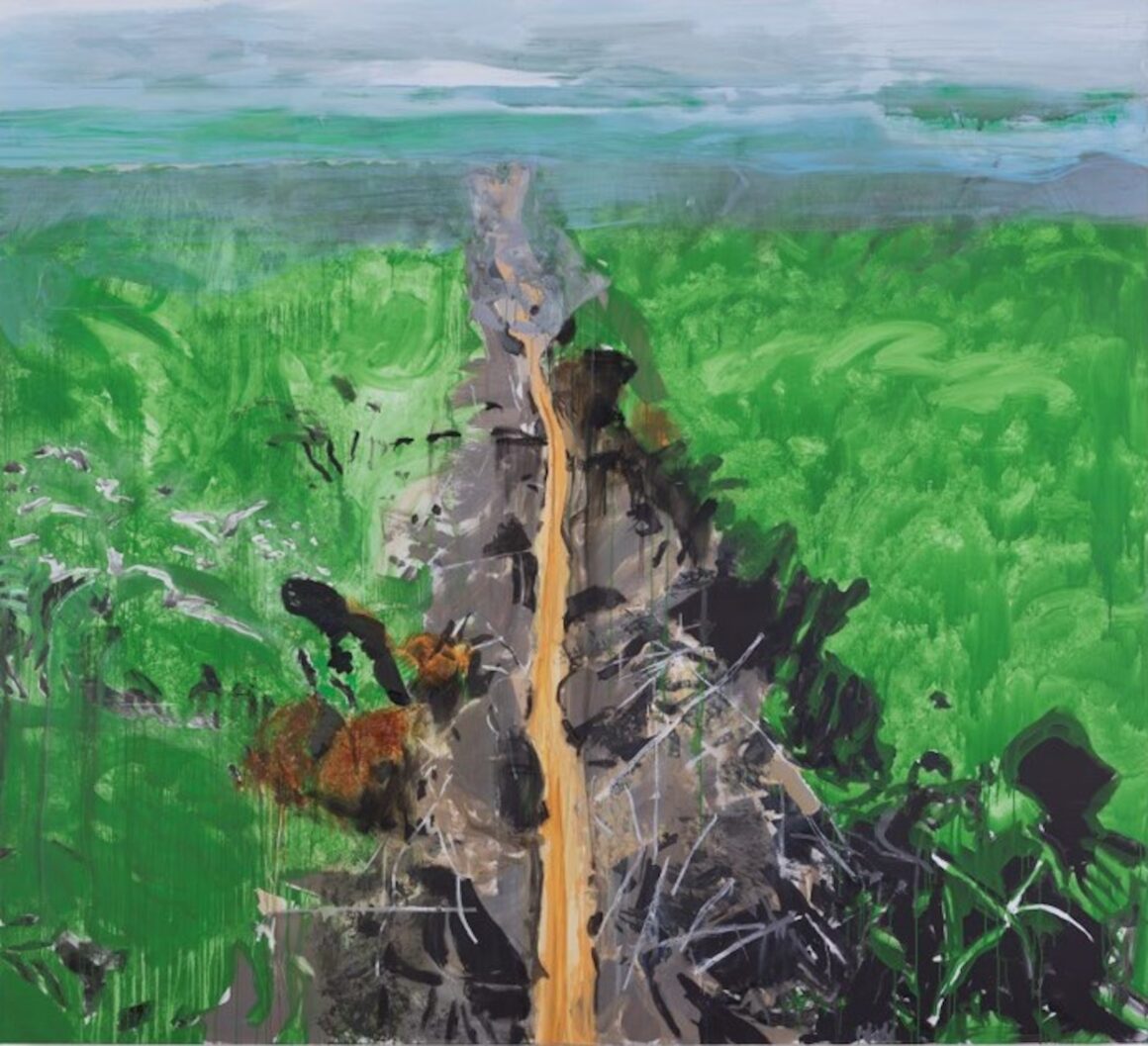
Maguire has a track record of shining a light on the vulnerable and voiceless. Depictions of an American soup kitchen or the residents of South American favelas, when housed within the rarefied hallows of blue chip galleries or revered art institutions, could raise reasonable doubts of poverty porn, since art with a social conscience has an uneasy relationship with the capital of artmaking and its ecosystem. However, as Maguire has negotiated a position of being both inside and outside the institution, the authenticity and ethics of his socially engaged practice – working directly with prisoners and acting as a native witness – have been consistent and unwavering.
In relation to the technical and formal painting exhibited in ‘La Grande Illusion’ – which presents works from 2007 onward – Maguire excels through the bravura painterly muscularity on display. The gestural economy, masterly use of space, imposing scale, and judicious understanding of how to maximise pictorial contrast, suggest a painter who has braided the material learning throughout his career, and is now firmly in an imperial phase. Black acrylic is pushed in sweeping, brush-sized movements across the compositional plane, while a largely neutral palette is offset by acid yellows and pinks. Painted un-stretched and then re-stretched during the installation, these works have the epic quality of grand history painting, yet there is enough grit and uncertainty in evidence that they resist falling into territory that is slick or facile for a painter of Maguire’s experience.
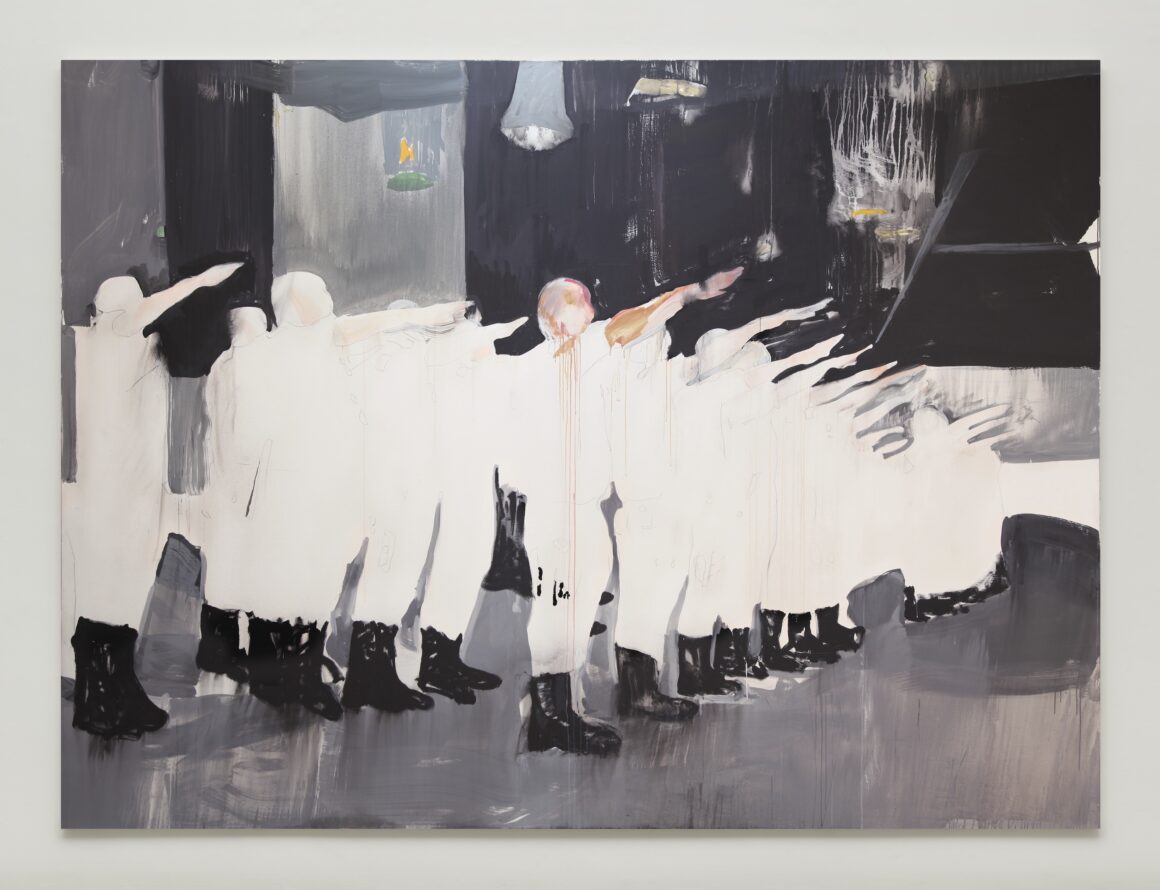
The fact that ‘La Grande Illusion’ sits adjacent to the Francis Bacon Studio at the Hugh Lane Gallery neatly serves to highlight some comparisons. Where Bacon’s outlook is somewhat bleak and potentially jaundiced, dealing in historical generalities around the human condition, Maguire’s work, in contrast, is rich in specificity, based upon his extensive travel research. Police Graduation 2012 (Juárez) (2014) depicts a Mexican police graduation ceremony that has preserved the ritualistic salute of the Nazi regime, a painting that could be easily misunderstood. Maguire’s painting highlights how the ritual of the salute has been revised in world culture yet could move pendulously – Elon Musk’s witless hand gesture, following Trump’s 2025 inauguration, being a case in point.
Certain filmmakers have grappled with the issue of how to speak of the unspeakable. For example, respective depictions of the holocaust in László Nemes’s Son of Saul (2015) and Jonathan Glazer’s The Zone of Interest (2023) have rigorously strategised around the implicit rather than explicit. Where Nemes provides over the shoulder, fuzzy depth-of-field glimpses of stacked corpses, Glazer’s horrors are heard and not seen in what he compares to the banal ambience of oppression in our lives. Not so in Maguire’s direct and unflinching depictions of decapitated and dismembered body horror in the Arizona desert, which is closer to a Goyaesque Yo Lo Vi / I Saw It.2
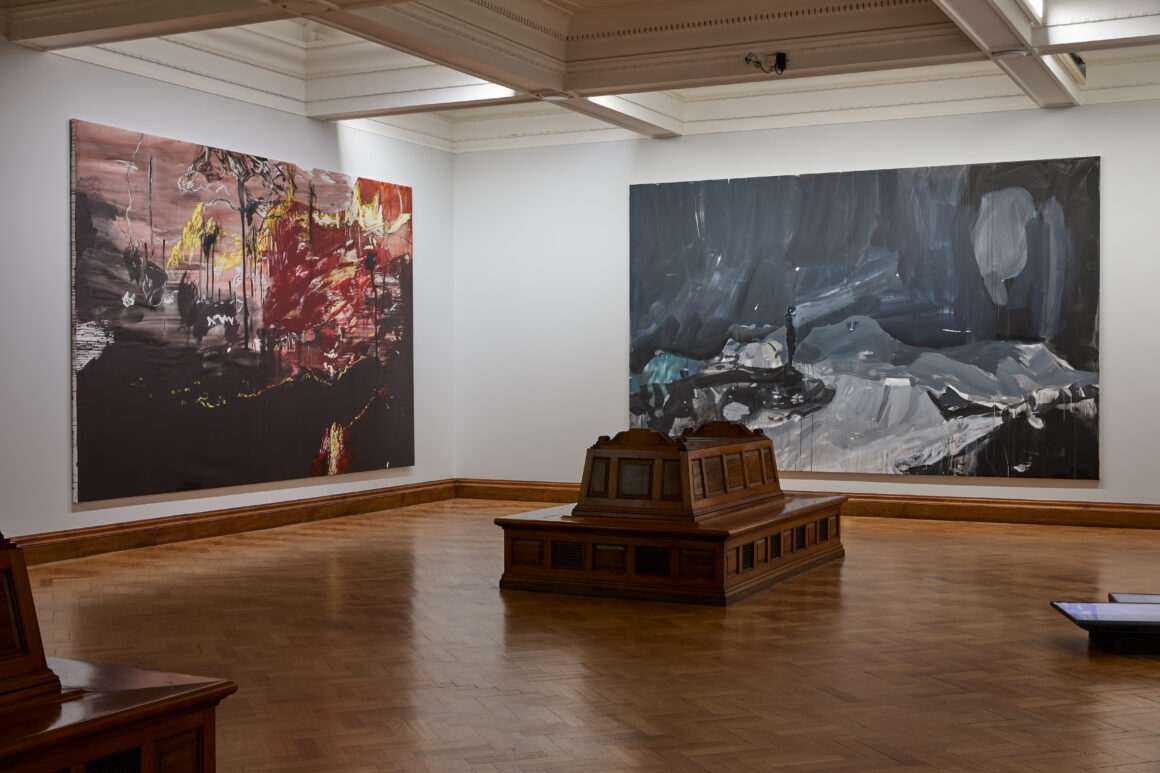
All of this may run the risk of recycling images that we have become desensitised to, through bottomless doomscrolling of our daily news feeds. The aestheticisation of human suffering is an additional potential pitfall for a painter of Maguire’s technical virtuosity; that the artist deftly navigates these slopes is a testament to the empathy and compassion that underpins his methods of looking. As a visitor to ‘La Grande Illusion’, I found the paintings powerful and moving. I experienced a confounding shock that jolted me to consider how such images are received – something we have become numb to, in an image-saturated, digital era. It is this direct encounter with the visual record of war that raises viewer consciousness and allows a chink of light into Maguire’s otherwise bleak vision. This exhibition celebrates a leading Irish artist, working at the peak of his oeuvre.
Colin Martin is an artist and Head of School RHA.
@colinmartin81
1 Brian Maguire, ‘War Changes Its Address: The Aleppo Paintings’, Irish Museum of Modern Art (26 January – 7 May 2018).
2 Francisco Goya, Yo Lo Vi / I Saw It, Plate 44, ‘Desastres de la Guerra / The Disasters of War’(1810-20).

